For decades, lactate has been shrouded in myths, often vilified as the culprit behind muscle soreness and fatigue during intense exercise. However, modern science—spearheaded by pioneers like George Brooks—has rewritten the narrative, transforming lactate from a metabolic villain into a vital player in human physiology. In this blog, we’ll dive deep into what lactate truly is, how it differs from lactic acid, whether one is “better” than the other, and why supplements like Xendurance incorporate it. We’ll also explore Brooks’ decades-long research, its implications for sports performance, and clarify common misconceptions about lactate, milk, and lactose intolerance.
What Is Lactate?
Lactate is a small molecule, technically the conjugate base of lactic acid (C₃H₅O₃⁻), produced in the body during glycolysis—the process where glucose is broken down to generate energy. Contrary to popular belief, lactate isn’t a waste product or a harbinger of exhaustion. It’s a dynamic energy shuttle, ferried through the bloodstream to fuel various tissues, including muscles, the heart, and even the brain. This process, known as the “lactate shuttle,” was first proposed by George Brooks in the 1980s and has since revolutionized our understanding of metabolism.
Lactate forms when pyruvate, an intermediate in glucose metabolism, accepts a hydrogen ion (H⁺) under low-oxygen conditions, such as during intense exercise. This occurs primarily in fast-twitch muscle fibers, which rely on anaerobic metabolism when oxygen supply can’t keep up with demand. Far from being a dead-end byproduct, lactate is quickly transported to other tissues—like slow-twitch muscle fibers, the heart, or the liver—where it’s either oxidized for energy or converted back into glucose via gluconeogenesis.
Lactate vs. Lactic Acid: What’s the Difference?
The terms “lactate” and “lactic acid” are often used interchangeably, but they’re not the same. Lactic acid (C₃H₆O₃) is the protonated form of the molecule, meaning it carries an extra hydrogen ion. In the body, however, lactic acid rapidly dissociates in the blood (which has a pH of around 7.4) into lactate and a free hydrogen ion. This dissociation is why lactate is the predominant form circulating in your system—lactic acid itself doesn’t linger long.
So, which is “better”? The question is a bit of a misnomer because they’re two sides of the same coin, and their roles depend on context. Lactic acid is the initial product of anaerobic glycolysis, but its swift conversion to lactate is what makes it useful. The free hydrogen ions from this process contribute to acidity (lowering muscle pH), which can lead to that familiar “burn” during intense workouts. Lactate, however, acts as a buffer, mopping up excess hydrogen ions and serving as a fuel source. In short, lactate is the hero here—it’s not the cause of fatigue but a solution to it. Blaming lactic acid for soreness is outdated; research now points to micro tears in muscle fibers and inflammation as the real culprits.
Why Supplements Like Xendurance Contain Lactate
If lactate is so beneficial, why not harness it directly? This is where supplements like Xendurance’s Pre-Workouts come into play. These products, such as Fuel-5, Fuel-5+, Proteins, Hydro and Creatine-JB, contain lactate and are designed to subsidize the lactate in your body so you will use the lactate first, then your body’s glycogen stores. This means more energy for you. These formulas include ingredients like magnesium lactate and citrate, which provide an energy source during exercise.
George Brooks: The Lactate Pioneer
No discussion of lactate is complete without George Brooks, a UC Berkeley integrative biology professor whose 40+ years of research have debunked myths and illuminated lactate’s true role. Starting in the 1970s, Brooks challenged the prevailing view that lactate was a metabolic poison. His early studies showed that muscles produce lactate even at rest, not just during anaerobic conditions, and that it’s a preferred fuel for the heart and brain.
In a seminal 1986 paper in Medicine & Science in Sports & Exercise, Brooks introduced the “lactate shuttle” hypothesis, demonstrating how lactate moves between cells and organs to support energy needs. Using tracer studies, he proved that mitochondria—the cell’s powerhouses—preferentially burn lactate over glucose during exercise. His 2018 review in Cell Metabolism further solidified lactate’s status, highlighting its roles in gluconeogenesis, signaling, and even recovery from trauma or disease.
Brooks’ work has practical implications for sports. In 1989, he collaborated with a sports firm to create Cytomax, an energy drink containing lactate polymers to provide athletes with a quick, efficient fuel source. Studies like those in the Journal of Applied Physiology (e.g., Brooks et al., 1991) showed that lactate supplementation could enhance endurance by maintaining carbohydrate availability. His research also inspired training protocols that boost mitochondrial density, improving lactate clearance and utilization—key for athletes in endurance sports like running, cycling, and swimming.
Lactate in Sports: Benefits and Studies
Lactate’s benefits in sports are now well-documented. For endurance athletes, it’s a fast-acting fuel that sustains performance when glycogen stores dwindle. A 2004 study in Sports Medicine found that trained athletes clear lactate more efficiently, delaying fatigue. Sprinters, meanwhile, leverage lactate’s rapid production for explosive bursts, as shown in research from The American Journal of Physiology (1990), where lactate fueled cardiac output during high-intensity efforts.
Brooks’ findings suggest that taking lactate (or supporting its metabolism) could enhance these effects. A 1985 study in European Journal of Applied Physiology found that caffeine, which boosts lactate levels, improved performance by providing a quicker energy source.
The takeaway? Lactate isn’t just a byproduct—it’s a performance enhancer. Athletes who train to optimize their lactate threshold (e.g., through interval training) or use supplements to manage acidity can push harder and recover faster. Brooks’ decades of work underline this shift, proving lactate’s value across sports.
Is Lactate the Same as Milk or Linked to Lactose Intolerance?
A common confusion arises from the “lact-” prefix, which ties lactate to milk in many minds. Let’s clear this up: lactate, milk, and lactose intolerance are unrelated. Lactate is a metabolic compound produced by your cells, not derived from dairy. Milk contains lactose, a sugar broken down by the enzyme lactase. If you’re lactose intolerant, your body lacks sufficient lactase, leading to digestive issues when consuming dairy—not because of lactate or lactic acid.
Lactic acid does appear in fermented dairy products like yogurt, where bacteria convert lactose into lactic acid, giving it that tangy taste. However, this is a different context—dietary lactic acid isn’t the same as the lactate your muscles produce. People with lactose intolerance can safely consume lactate supplements or foods with lactic acid (unless milk proteins are present), as the two are chemically distinct. Lactate’s “lact-” root comes from its historical discovery in sour milk by Carl Wilhelm Scheele in 1780, but that’s where the connection ends.
Lactate as a Game-Changer
Lactate is no longer the scapegoat of exercise woes—it’s a metabolic marvel, thanks to George Brooks’ tireless research. Far from causing fatigue, it fuels performance, aids recovery, and bridges energy gaps across tissues. While lactic acid is its fleeting precursor, lactate steals the show as a versatile energy source. Supplements like Xendurance tap into this science, aiming to enhance lactate’s benefits for athletes. And no, it’s not milk-related—lactate stands apart from lactose intolerance myths.
Whether you’re a marathoner, sprinter, or weekend warrior, understanding lactate can elevate your game. It’s not just a molecule; it’s a testament to how science can reshape our view of the human body—one shuttle at a time.


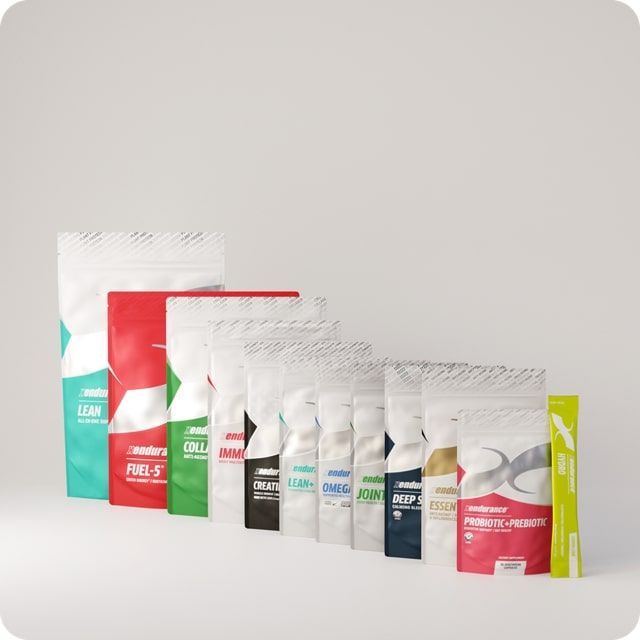
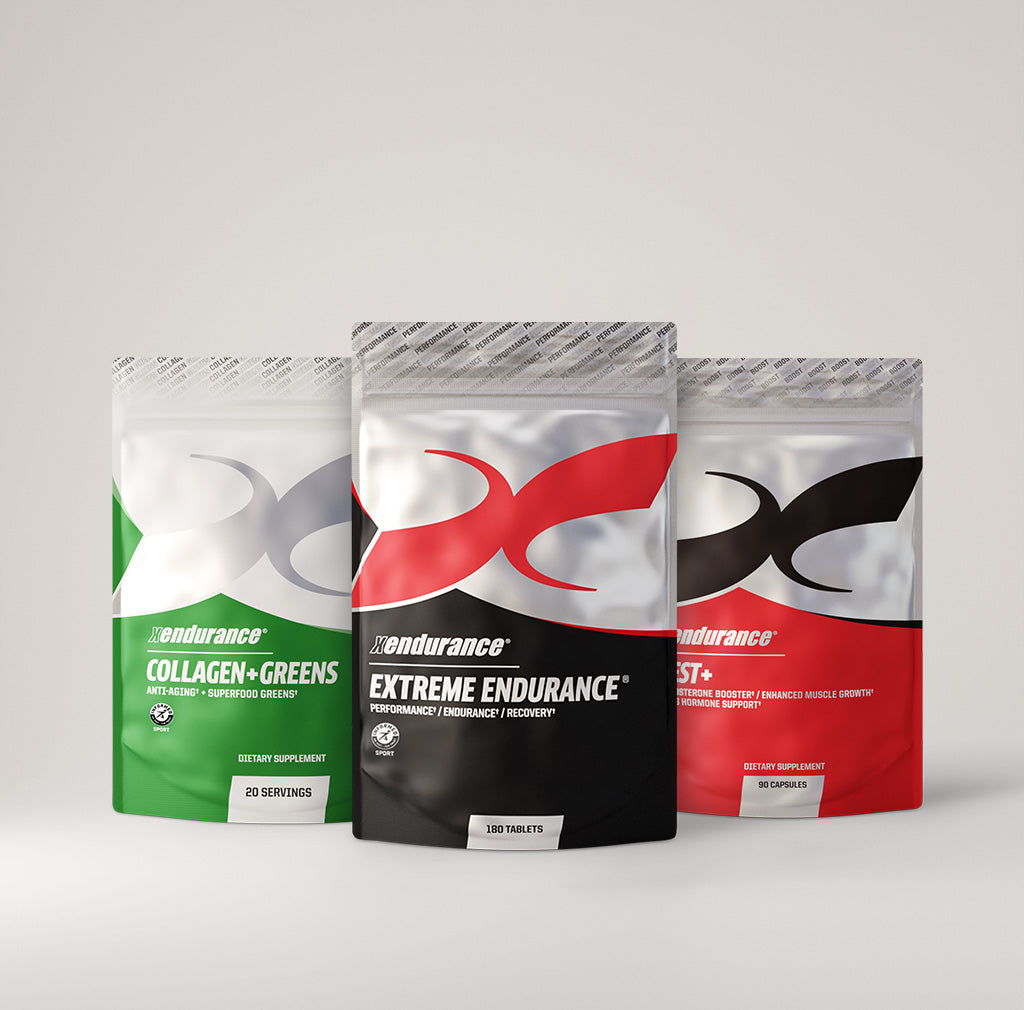
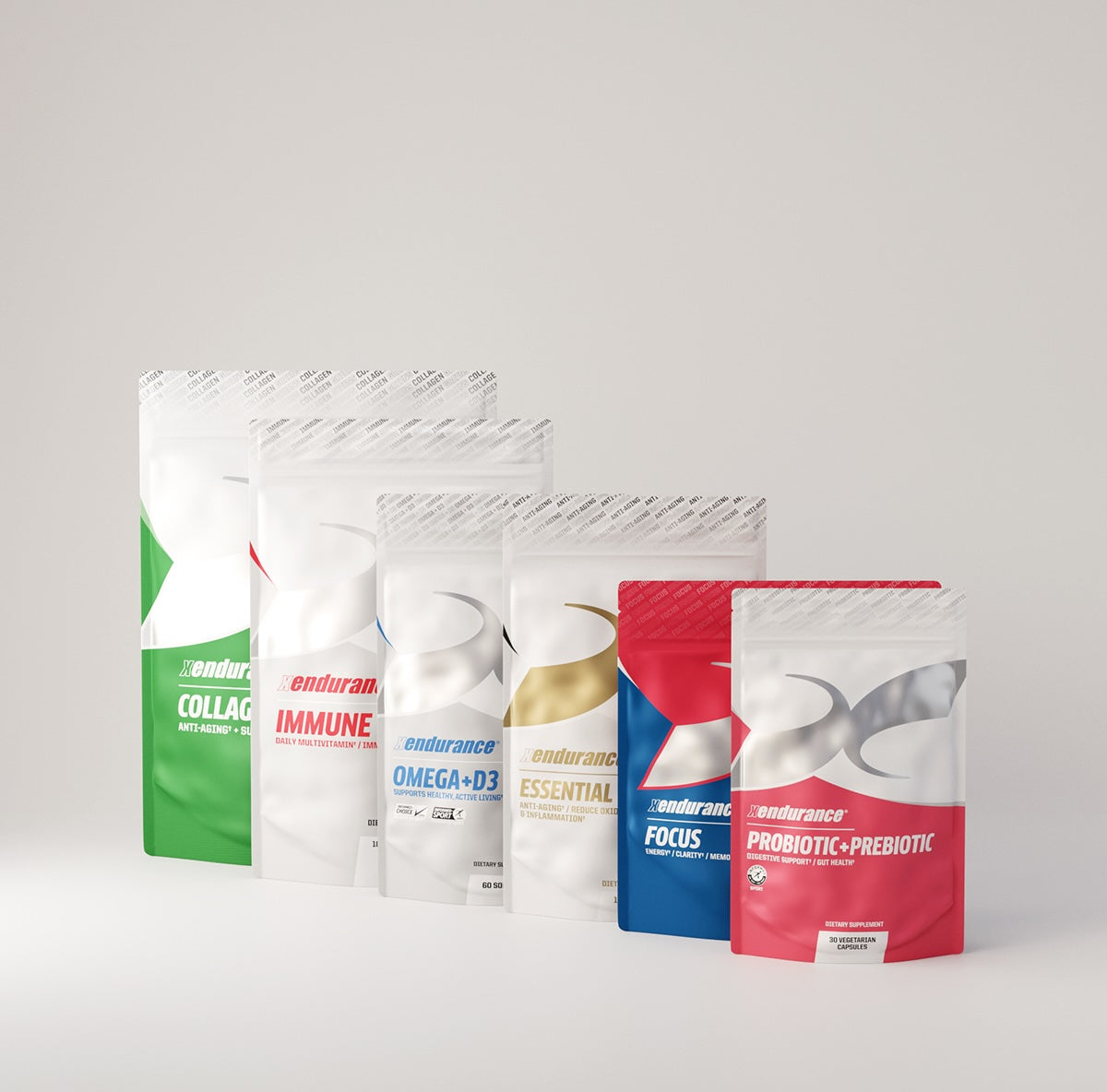
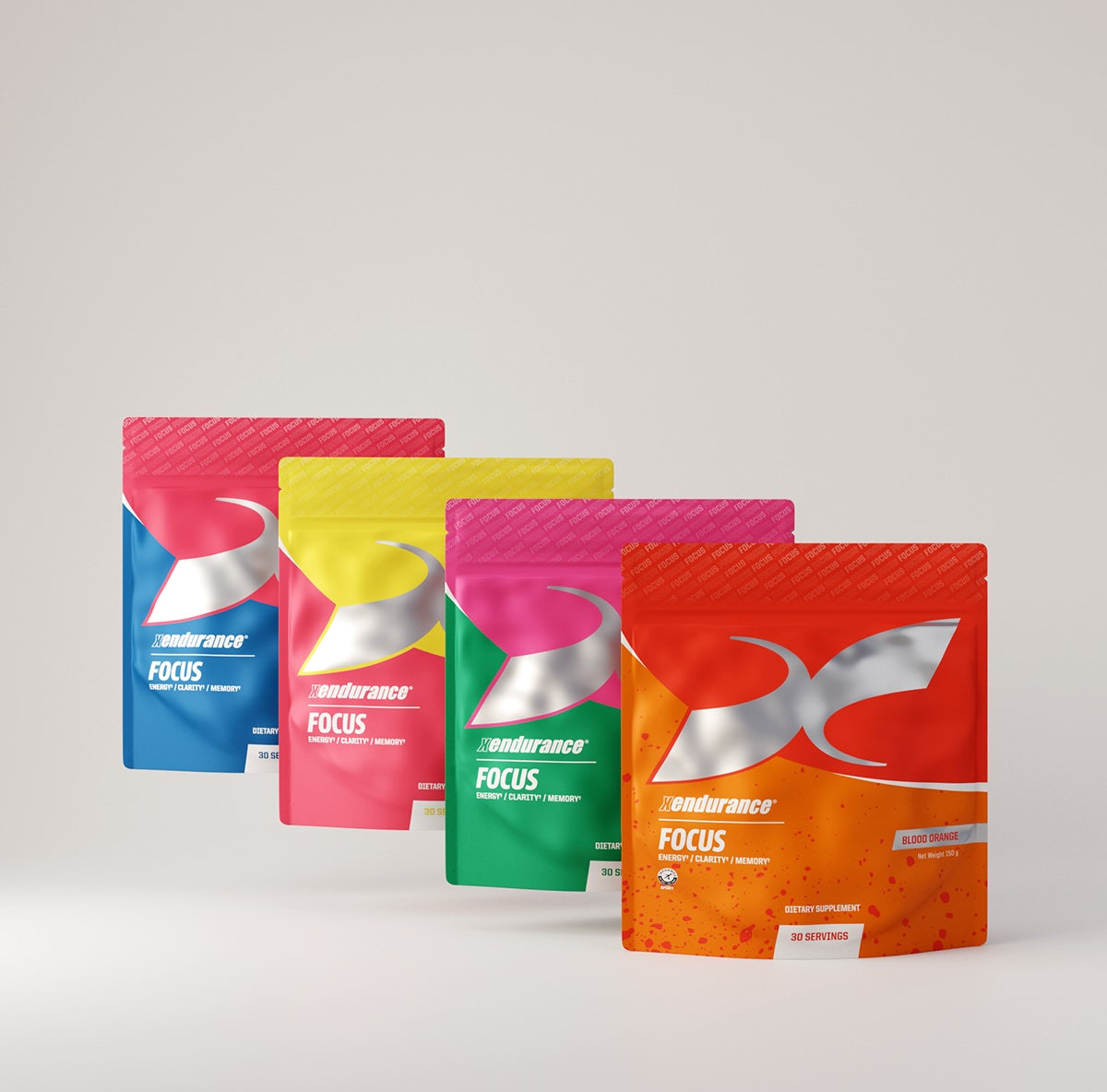
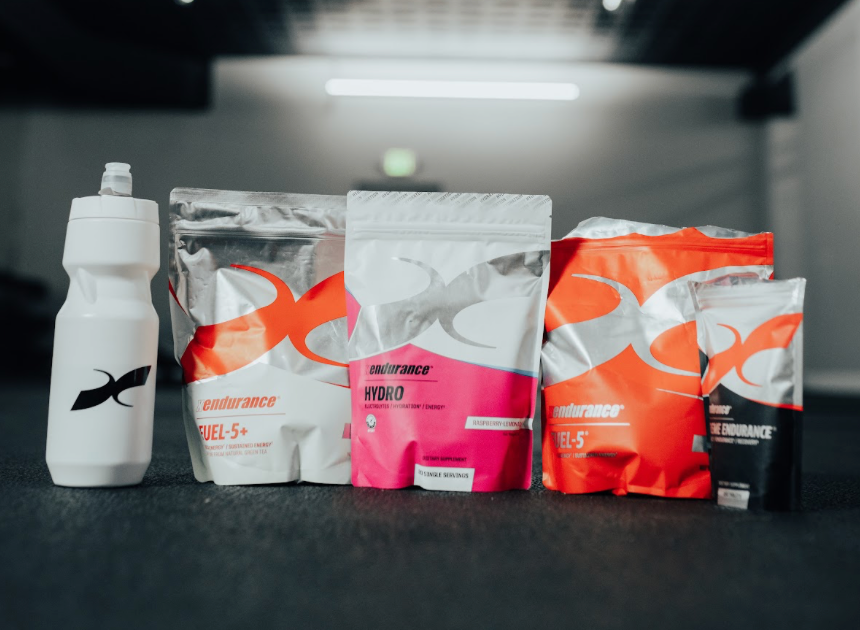


コメントを書く
このサイトはhCaptchaによって保護されており、hCaptchaプライバシーポリシーおよび利用規約が適用されます。